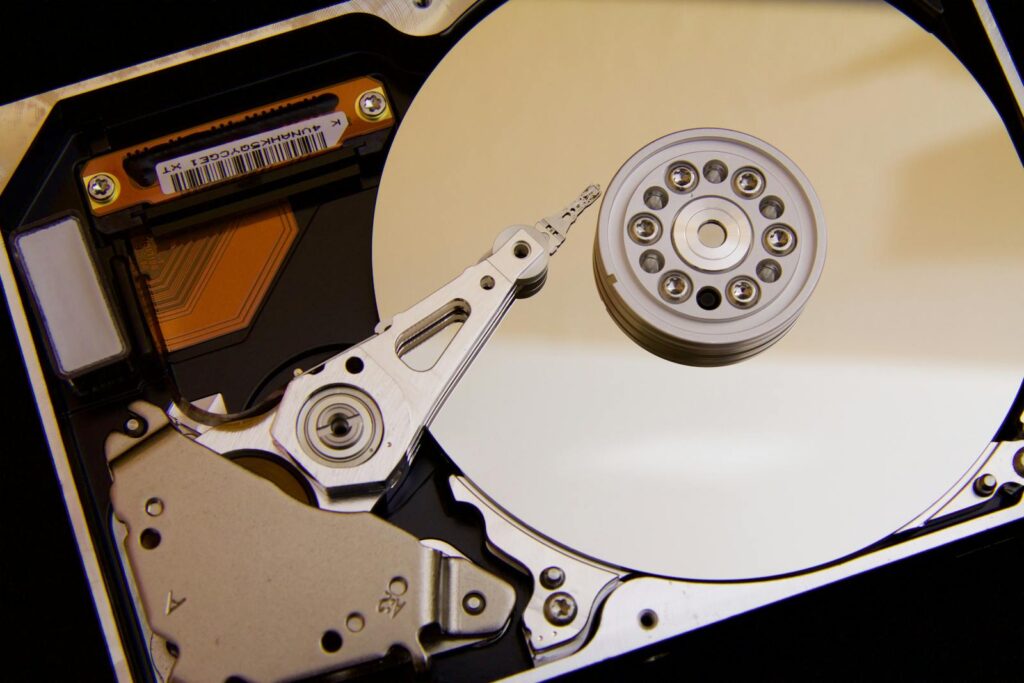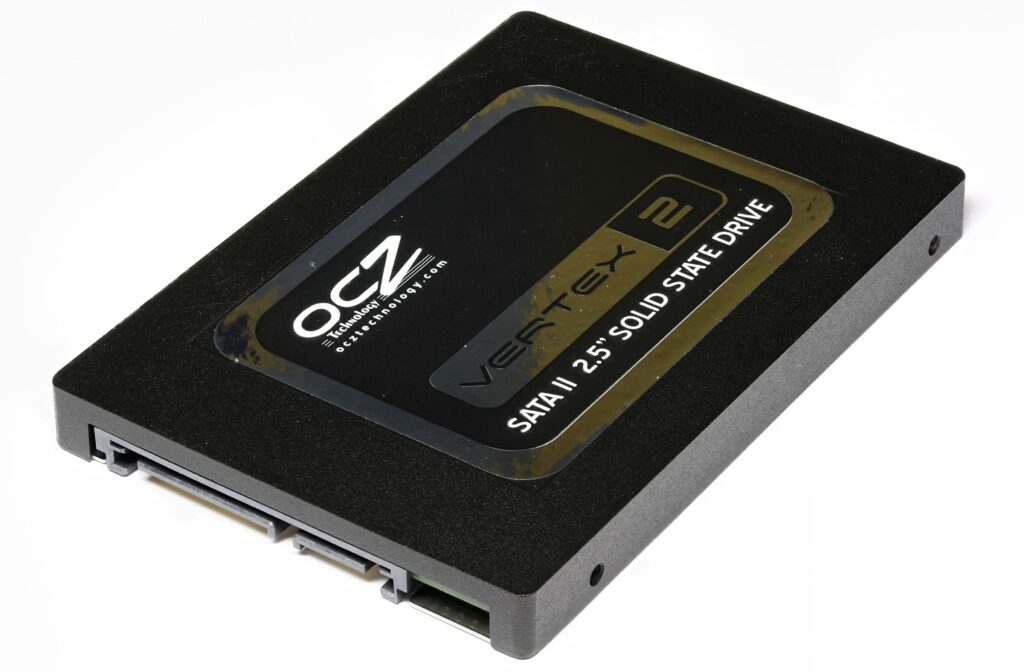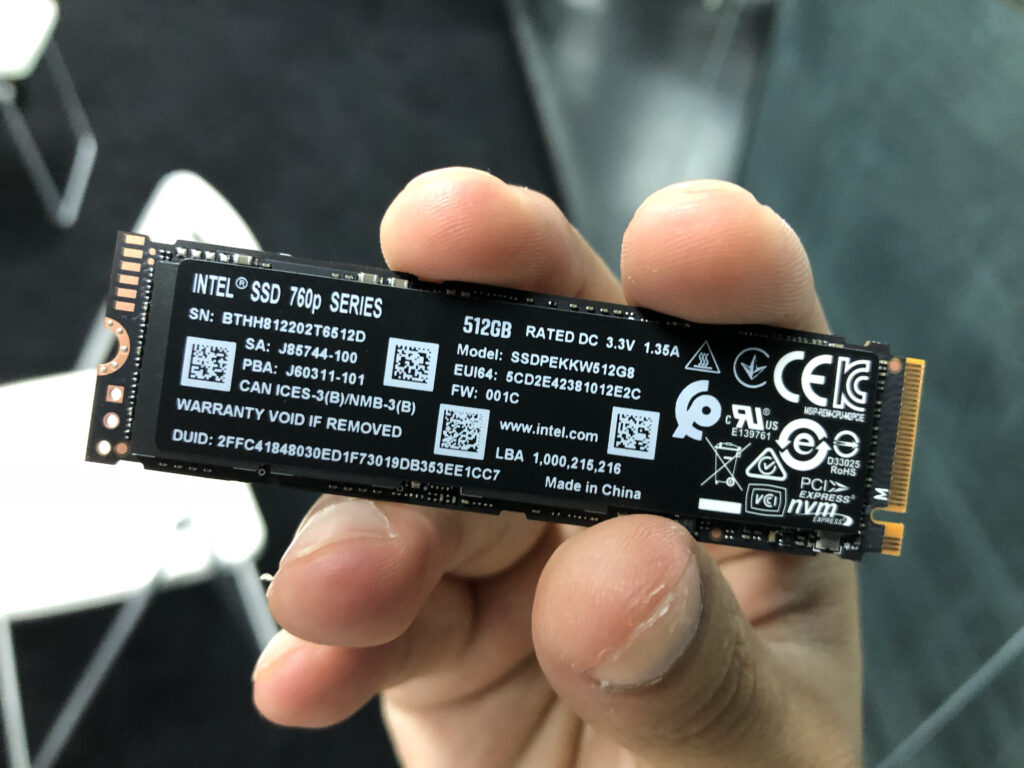Ever since personal computers first became widely used in the 1980s, their primary storage medium has been the conventional hard disk drive (HDD). Over the succeeding decades, HDDs continued to boast ever increasing capacity, speed and reliability, even as their prices kept dropping. Consider that for much of the 1980s the cost of a then standard 20 megabyte HDD hovered around $300 (equivalent to about $850 in 2024). Today, you can easily pick up a 1 terabyte HDD (a terabyte is 1 million megabytes) for less than $50. So, for about 6% of the inflation adjusted cost of a 1980s drive, you can now get one with 50,000 times the capacity, along with improved speed, ruggedness and reliability.
But even though HDDs have given faithful and ever improving service, and have long dominated the storage market, they are now being overshadowed by a newer technology: the solid state drive (SSD). Read on to learn more about each type of drive, and why I now recommend SSDs for virtually all new computers.
How an HDD Works
An HDD is a sealed metal box containing one or more thin platters spinning at thousands of revolutions per minute (RPMs). Tiny read/write heads are attached to actuator arms that pivot over the platters, and the heads float above each platter surface on a cushion of air less than a millionth of an inch thick. The heads read and write information on a thin delicate magnetic coating on the platter surfaces as the platters spin past the heads.

How an SSD Works
An SSD is a completely different animal from an HDD. The biggest difference between the two is that the SSD has no moving parts; instead, information is stored in tiny memory chips, similar to those used in common USB flash drives. SSDs come in a variety of “form factors”: the most common ones are 2.5 inch (similar in size and shape to the 2.5 inch HDDs used in laptops) and M.2 (essentially a circuit board about the size and shape of a stick of gum). SSDs also use different types of interfaces (the interface is just the physical and electrical connection between the drive and the rest of the computer): the most common ones are SATA (which virtually all modern HDDs also use) and PCIe NVMe (which can be as much as ten times faster than SATA).


How the Technology Has Changed and What It Means For Computer Buyers
When SSDs first hit the general market, they didn’t make sense for most people. The available capacities were generally much less than for HDDs, while the prices were substantially higher. But like most other maturing technologies, the prices have come down just as steadily as the capacities have increased. In 2024, the price of a 1 terabyte SSD (which is more than sufficient space for most users) is about the same as for a 1 terabyte HDD.
Given that the prices and capacities of consumer grade SSDs and HDDs are now comparable, the SSD is clearly the better choice for most users. Even low end SSDs read and write data MUCH faster than HDDs, so the computer starts faster, programs load almost instantly, and large files are read and written much more quickly. Unlike an HDD, whose spinning platters generate constant noise, an SSD is absolutely silent because it has no moving parts. The lack of moving parts also makes an SSD much less susceptible to shock damage than an HDD. While they are more rugged than they were decades ago, if an HDD (or the computer it’s installed in) is dropped, there’s a good chance the read/write heads will crash into the delicate surface of the platter, which will probably destroy the drive.
What About Energy Efficiency?
Since SSDs have no moving parts, many folks (including me) have assumed that they’re clearly more energy efficient than HDDs. However, at least with current technology, the truth is much more nuanced. One study (https://solved.scality.com/solved/high-density-power-consumption-hdd-vs-qlc-flash/) found that while SSDs consume less power when idle, during most read/write operations they actually consume more power than HDDs. However, the same study found that power consumption did not rise to a “main criterion” upon which to decide between an SSD and an HDD.